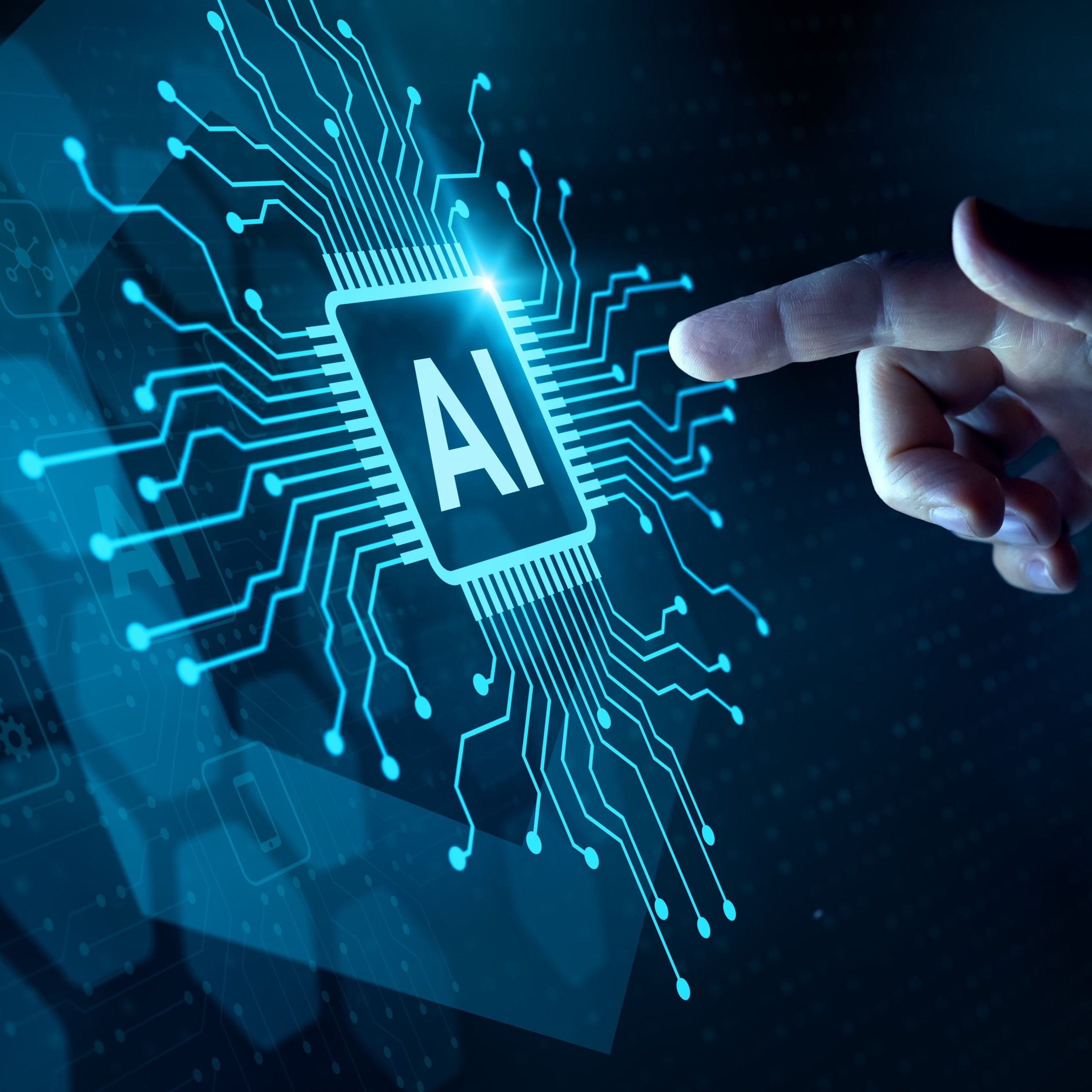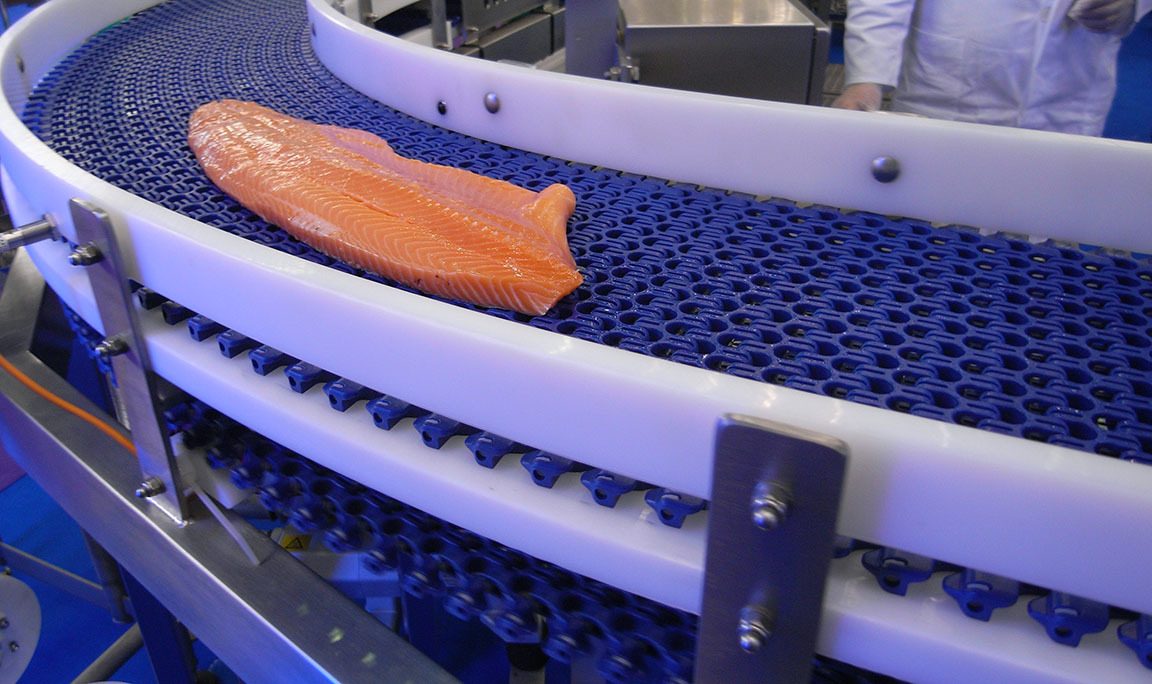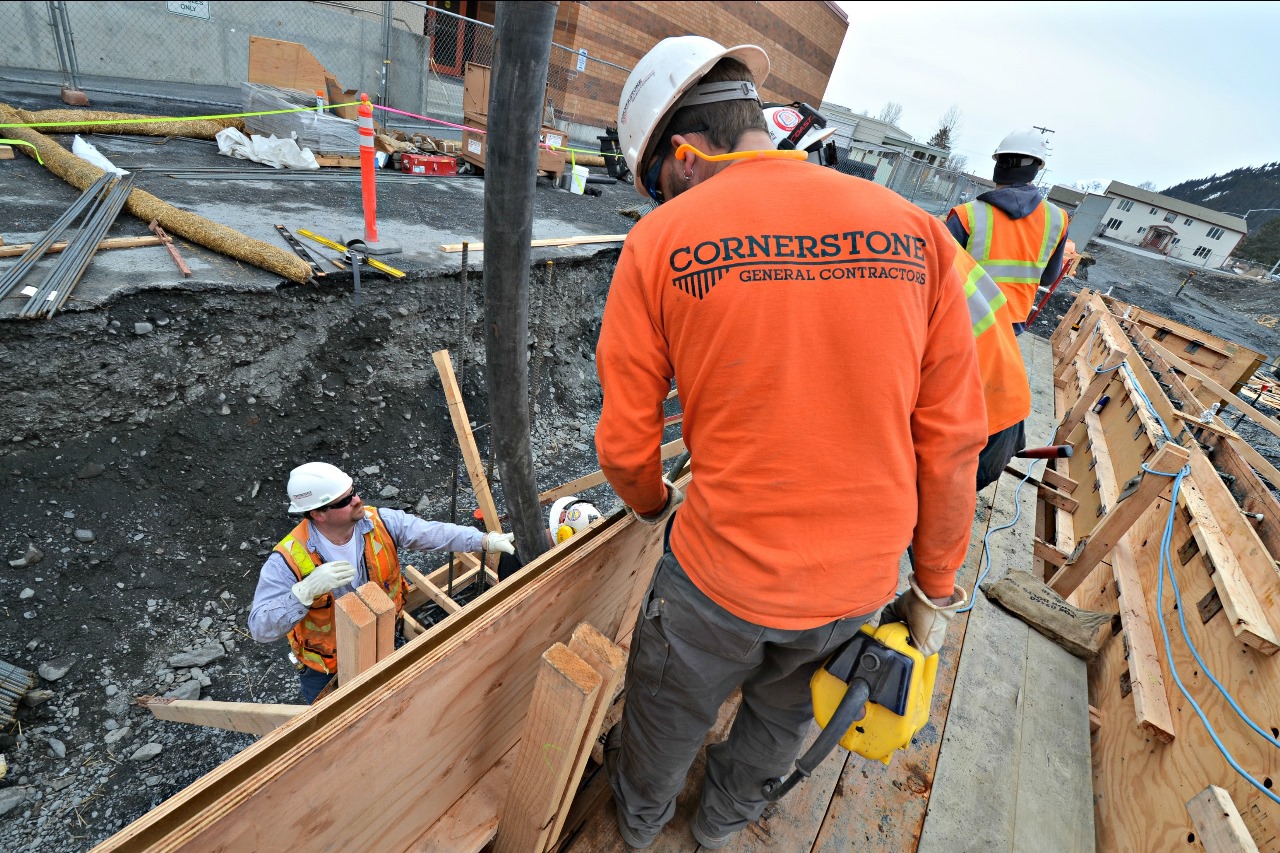Introduction
In today’s hyper-evolving markets, guessing is a losing game. Trends shift overnight, customer expectations evolve in real time, and one wrong move can cost you market share. The solution? AI For Competitor Analysis—not just to track your rivals, but to anticipate industry changes before they become obvious. This isn’t future talk—it’s already here.
Competitive Analysis Is No Longer Reactive
Traditional competitor analysis involves quarterly reviews and manual sleuthing. But by the time you notice a trend, it’s often too late. AI changes that. It continuously scans the digital landscape—social media, pricing pages, customer reviews, hiring trends, ad placements, and more—to detect early signals of strategic shifts in your niche.
AI Sees the Patterns You Don’t
Using machine learning, AI for Competitor Analysis identifies anomalies and trends invisible to the human eye. For instance, a competitor suddenly starts hiring engineers skilled in blockchain tech? That might signal a future product pivot. Another drops prices across their lower-tier plans? They’re likely bracing for increased competition or shifting their revenue model.
Detect Market Entry and Expansion Plans
AI tools can uncover signs of new market entries—like domain purchases, regional job listings, and local press releases. Instead of being blindsided by a competitor entering your region or vertical, you’ll know weeks or months ahead, giving you time to reinforce your position or pivot.
Track Emerging Customer Demands
Competitor review scraping and sentiment analysis reveal shifts in what customers expect. If reviews suddenly praise “real-time support” or criticize “clunky UX,” those signals indicate where the market is leaning. AI aggregates and scores these themes so you can adapt faster than anyone else.
Uncover Technology Adoption Trends
Is your industry moving toward AI-generated content, AR shopping experiences, or decentralized payment systems? AI can detect these moves early by analyzing your competitors’ tech stacks, developer documentation, or open job roles. This allows you to prepare for major tech shifts—rather than scramble to catch up.
Follow the Money: Investment and Funding Signals
When venture capital moves, the market follows. AI for Competitor Analysis monitors VC portfolios, press releases, and startup databases to identify who’s investing in what—and why. A wave of funding into one type of product or market often signals a coming wave of innovation and competition.
See What Products Are About to Explode
By analyzing changes in marketing focus, AI can spot products gaining traction. If a company starts increasing ad spend or ramps up influencer partnerships around one offering, they’re betting big. You’ll know where their focus lies—and can counter strategically with your own offer or messaging.
Learn From Industry Leaders
AI helps you benchmark yourself against industry pioneers. Are they expanding customer success teams? Launching mobile-first versions of their apps? Integrating with new ecosystems? These aren’t random decisions—they’re early markers of where the industry is headed.
Practical Example: Spotting a Trend Early
A direct-to-consumer brand used AI to track a rival’s sudden investment in sustainable packaging. That insight, picked up months before a full rebrand, allowed them to launch their own eco line early—and capture market share from green-minded shoppers before the trend hit mainstream press.
Conclusion
Predicting the future doesn’t require a crystal ball—it requires the right data, analyzed at the right time. AI for Competitor Analysis is your radar for market shifts, giving you the foresight to act—not react. In fast-moving industries, that foresight is what separates leaders from followers.



